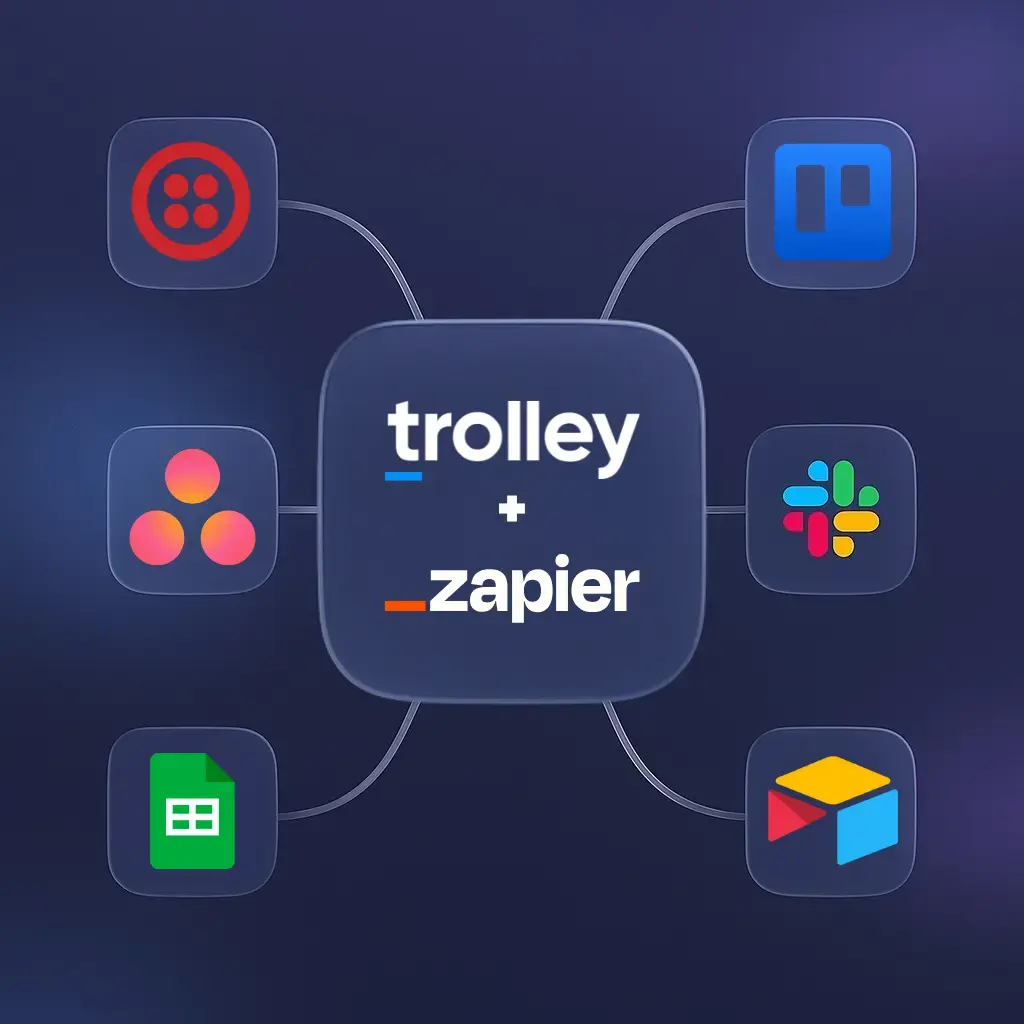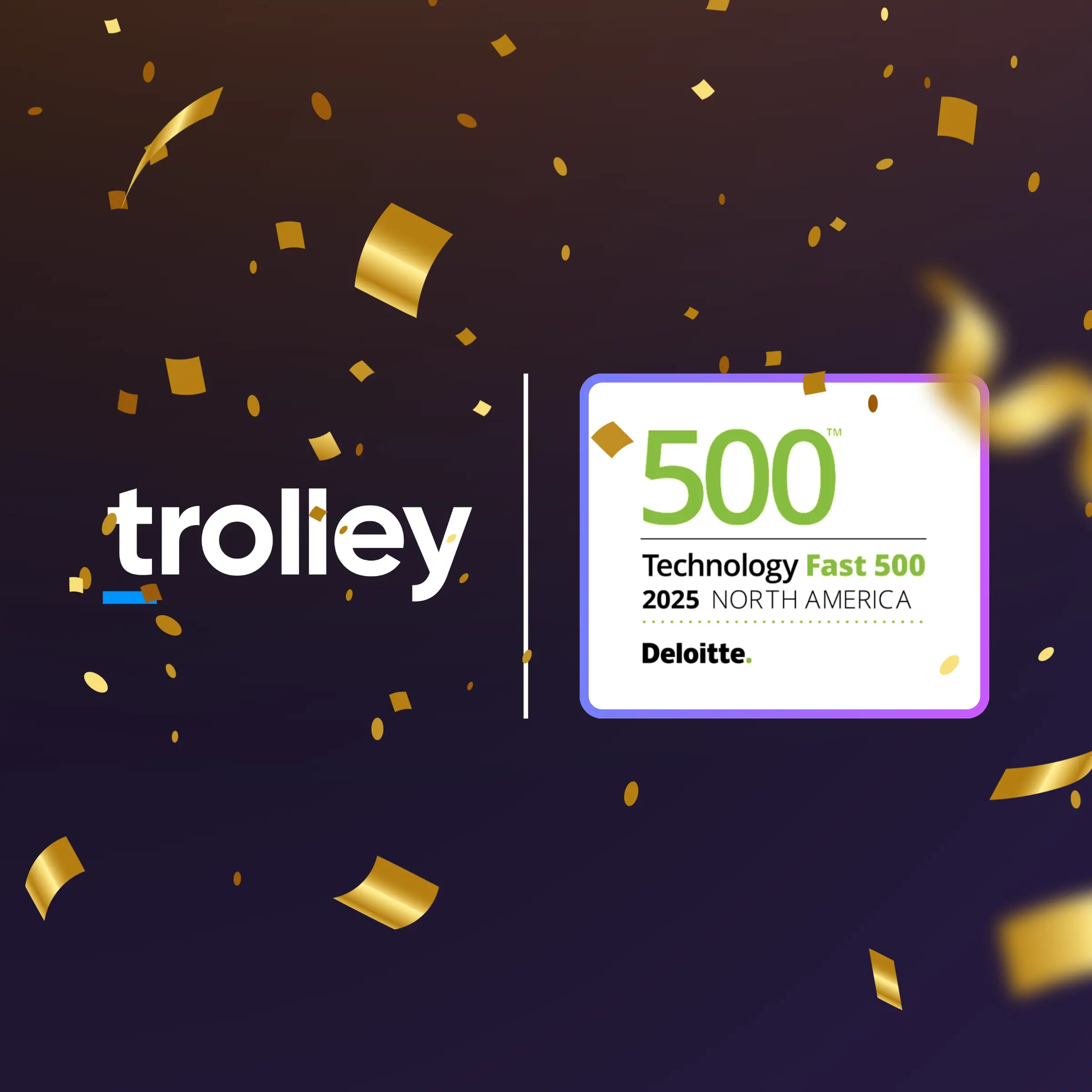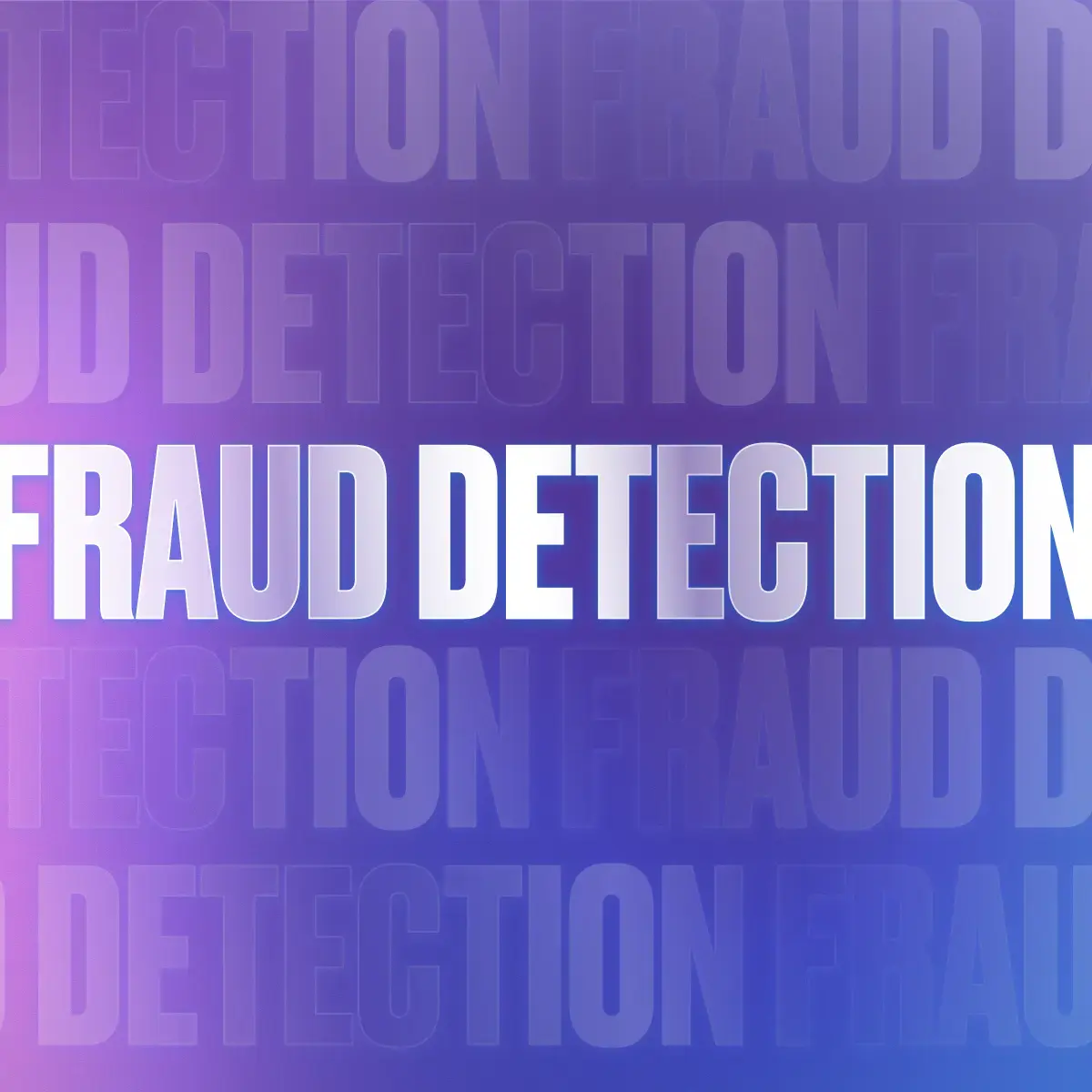The music industry has no shortage of complex terminology and confusing distribution processes—and performance royalties are no exception. In this guide, we’ll break down the basics of performance royalties, including how they relate to mechanical royalties, how they’re calculated, and what you can do to make royalty payouts easier.
For finance professionals in the music industry, understanding performance royalties can seem as complex as composing a symphony.
While performance royalty calculation and distribution processes aren’t straightforward, they’re vital in getting rights holders paid, and errors in calculations can mean lost income for deserving artists.
This article will break down the basics of performance royalties, from what they are to how they are calculated and reported. Consider it your introductory music theory lesson on this critical source of income for artists and businesses in the music industry.
What we cover
- What are performance royalties?
- Importance of performance royalties in the music industry
- Understanding performing rights organizations (PROs)
- Mechanical royalties vs. performance royalties
- Calculating performance royalties
- Tax implications for performance royalties
- Best practices for managing performance royalties
- Performance royalty payouts made simple
What are performance royalties?
Let’s start with the basics. The first thing to know is that performance royalties are payments made to songwriters, composers, music publishers, and rights holders whenever their musical composition is performed publicly. Common public performances generating these royalties include:
- Terrestrial & satellite radio broadcasts: Songs played over-the-air on both AM/FM & satellite radio stations.
- Public establishments: Bars, retail stores, restaurants, or any commercial setting playing music to enhance patron experiences.
- Network TV & cable channels: Theme songs, musical cues, or feature performances during programming.
- Live concerts: Whether music festivals, tours, or intimate local venues.
- On-demand streaming platforms: Digital services enabling customizable streaming. Think SoundCloud, Spotify, Apple Music, and Amazon Music.
It is important not to confuse performance royalties with master licensing or sync fees. These are derived separately from synchronizing sound recordings with other forms of media (including as part of another musical composition). When music is used for film/commercial licensing or sampled hooks leveraged in new derivative musical works, this triggers synchronization royalties. In some cases, performance royalties are owed on top of sync fees.
Importance of performance royalties in the music industry
The royalty dollars at stake here contribute an increasingly crucial, consistent slice of the music industry revenue pie.
Performance royalties have steadily increased year-over-year. And both major performing rights organizations (PROs)—ASCAP and BMI—have surpassed $1 billion in distribution every year since 2017. It is an utterly indispensable revenue bucket. These music royalties are unencumbered by the gradual transition towards subscription streaming, which the Year-End 2022 RIAA Revenue Statistics Report placed at a record-high $13.3 billion in revenue—84% of total music revenues.
This per-performance-based compensation system incentivizes and rewards artists for creating popular music, meaning that creators and music businesses alike win when songs get performed frequently, whether that be via radio, streaming, or in a store.
Without this public performance royalty system, it would be difficult to ensure fair payback to creators. The music ecosystem could never thrive at such an immense scale in the modern world.
If you’re looking for a clearer breakdown of how royalty formulas get translated into actual dollar amounts, our guide on how royalty calculators work walks through the logic behind these tools and how they estimate payouts across different royalty types.
Understanding performing rights organizations (PROs)
Collecting royalty checks isn’t easy, as there’s a complicated system behind getting paid for public performances of music.
This is where performing rights organizations (PROs) come in. PROs are the key conduit that make the royalty process work. They monitor where and how often your songs get played across radio, streaming, at restaurants, and more. Then, they collect money from those platforms and pay you your fair share of royalties.
So, while performance royalties promise good income, you need PROs to do the hard work of tracking your music’s usage and getting you paid.
What do PROs do?
With the incredible number of songs constantly played across radios, TVs, restaurants, stores, and streaming services every day, musicians couldn’t possibly track all those public performances themselves. There are just too many song plays happening all the time across too many platforms!
So instead, performing rights organizations collectively handle the huge hassle.
PROs are non-profit groups representing huge catalogs of songs and songwriters. Major PROs include ASCAP, BMI, and SESAC. You also have more niche businesses, like SoundExchange, that (while not technically a PRO) exclusively handle performance royalties for non-interactive streams.
These PROs take on the massive workload of:
- Issuing public performance licenses, allowing giants like radio networks, streaming platforms, retail chains, and more to legally play the songs in the PROs’ catalogs.
- Monitoring the licensed use of the songs played daily across hundreds of stations and platforms.
- Calculating which specific songwriters and publishers are owed what amount of royalties from all those public performances.
- Sending out scheduled royalty checks and accounting statements to the artists, songwriters, and publishers owed money based on continually updated payment rules and formulas weighing relative usage levels.
This work spares individual musicians and smaller publishers from the impossible headache of tracking and enforcing their performance royalty rights. PROs provide monitoring services that allow rights holders to offload the work of licensing, calculating, and issuing royalties themselves.
How PROs collect and distribute performance royalties
So, how do these PRO groups technically handle these tasks for all their artists? Put simply, they use technology, research, legal teams, and extensive info databases to track enormous volumes of music usage across radio, TV, online, and public establishments. They then invoice and collect license fees or performance royalties from these music users.
Performance royalties are allocated to rights holders like publishers and songwriters based on:
- Advanced usage estimates
- Confirmed broadcast cue sheets listing performed songs
- Sampling analysis of major radio stations
- Formulas weighing factors like a composition’s past popularity
Here is how the intricate process works:
- First, it’s worth noting that PROs have licensing deals with large platforms. Think radio networks, streaming services, business chains, and more. This allows the platforms to legally play songs from the PROs’ huge catalogs of works.
- PROs track song performances across all these licensed platforms through digital sampling methods. This generates giant datasets of usage activity.
- Based on all that performance data tied to registered songs, PROs invoice usage licensing fees to the platforms as owed under the contract. This generates tens of millions in royalty revenue every year.
- At the same time, PROs run analyses on the usage data sets. They determine details like exactly which songs got played, the number of times each song got played, and the audience size on each platform. This composite data helps determine appropriate royalties.
- PROs then use proprietary formulas to calculate the exact royalty payouts owed to each eligible publisher. The amounts align with factors like their ownership rights percentages and usage levels relative to the entire membership catalog.
- Finally, publishers and songwriters receive scheduled royalty statements and payment deposits. That is usually done monthly or quarterly.
As you can see, the backend administration is highly complex. Yet PROs are necessary to enable legal music usage in mass.
Mechanical royalties vs. performance royalties
Performance royalties and mechanical royalties are both vital to the music industry—in this section, we’ll break down the key differences between them. Since we already know what performance royalties are, let’s see how they compare to mechanical royalties.
Mechanical royalties represent a distinct royalty owed when a copyrighted musical composition or recording authored by a songwriter or recording artist physically gets reproduced and distributed across commercial formats. That includes mediums like CDs, cassette tapes, vinyl records, digital downloads, and so on.
So, performance royalties reward creators for public performances (the actual act of playing the music itself). Mechanical royalties compensate rights owners when their tangible intellectual property undergoes for-profit physical or digital duplication.
Note: When a song is streamed on platforms like Spotify, Apple Music, or SoundCloud, the song is both delivered (performed) on demand and digitally duplicated, so both performance royalties and mechanical royalties are owed to the rights holders.
Here are a few different scenarios and their applicable royalties:
- Streaming on Spotify → Performance royalties & mechanical royalties
- Selling MP3 downloads on iTunes → Mechanical royalties
- Radio playing a song → Performance royalties
- Music on television shows → Performance royalties & sync fees
Calculating performance royalties
Calculating performance royalties involves complex math that can perplex even the best composers. However, grasping the general calculation basics helps demystify the process.
ASCAP breaks down their performance royalty payments into this equation:
Credits X Share X Credit Value = $ Royalty
Each performance generates a certain number of credits, which are calculated using various factors, including the value attached to each type of performance and the time of day the performance is broadcast.
After the credits are calculated, they are allocated among all the writers and publishers of the work based on the share each should receive. Finally, the credits are multiplied by the appropriate credit value—an amount that accounts for financial income, including investment income and other non-license fee income—to arrive at the royalty payment.
Factors influencing royalty amounts
This formula may seem simple, but real-world royalty math entails endless additional modifiers. Here are some factors that may influence payouts:
- Audience reach: A hit song played repeatedly on a top national radio station earns more than local college radio play.
- Past popularity: Classic compositions with proven popularity and market value typically demand higher rates.
- Ownership/control share: Co-writers and publishers split royalties based on shares they own in the composition’s rights.
- PRO payment cycles: Rather than constant real-time accounting, performance payments follow quarterly or annual cycles.
- Unallocated royalties: Songs that aren’t properly registered result in royalties that never make it to the rights holders, and become “black box” royalties.
And that’s just scratching the surface. The core concept, though, is that royalties correspond to the cumulative audience reach, demand, and rights ownership of a composition.
Tax implications for performance royalties
Beyond boosting commercial potential and bank account balances, performance royalties also require compliance. We’ve arrived at the final step on this journey—how to handle performance royalties when tax season comes around.
Relevant tax forms for royalties
Once you sign up as a songwriter member with a PRO, you’ll start receiving tax paperwork each year. These will be related to any performance royalties you earn that count as taxable income, and encompass the following forms:
- Used for reporting royalties of $10 or more
- Sent to individuals or business entities like LLCs
- Used for reporting non-employee compensation of $600 or more
- Sent to contractors and freelancers
In plain terms, If a performing rights organization (PRO) distributes royalties to an individual songwriter or an incorporated rights administration business, this would get reported on a 1099-MISC form.
However, if the PRO distributes royalties to an unincorporated solo provider working as a subcontractor, this would get reported on a 1099-NEC instead.
Best practices for managing performance royalties
Finally, let’s dive into some proven measures for music companies to hit all the right notes when administering performance royalties:
Leverage technology
Alleviate payment predicaments through secure automation solutions to send royalty payouts worldwide with ease.
Automation solutions allow composers and collaborators to be satisfied faster with error-free distributions in local currencies and languages. Finance teams save countless hours previously devoted to customer service inquiries, status monitoring, and fixing inevitable misrouted wires. More music business productivity redirects towards creativity.
Ultimately, seamless payment experiences are made achievable through fintech progress. And that means more revenues resonating across the ecosystem to create more masterpieces.
Centralize data
Maintaining clean, integrated systems makes it easier to map the connections across recordings, ownership percentages, songwriter details, and channels. Accurate attribution underpins proper performance royalty administration.
Consolidate payments
Where possible, consolidate royalty payments across multiple distribution channels and periods. This cuts transaction fees and delays in getting creators paid. For instance, if music is played on streaming platforms in different countries, combine the performance royalties earned into one large payment for that period.
Maintain vigilant compliance
Financial penalties around inaccurate music royalty tax reporting or unpaid royalties can be severe, whether it be copyright infringement penalties, fines for underreporting to the IRS, or other legal issues. Ensuring diligent legal and accounting compliance across calculations, documentation, filing deadlines, and more remains imperative. Leave no room for errors, and prioritize transparency.
Making performance royalty management run smoothly takes investments in tools, people, and processes. But given the core role these royalties play in funding artists and songwriters, music businesses must get it right. When the backbone administration falters, so does the entire ecosystem.
Smooth and accurate performance royalty administration means songwriters get rightfully compensated in a timely manner. They can focus more energy on creating music versus having to chase errant payments.
Performance royalty payouts made simple
Tracking royalties is tough. However, when you have your payment amounts in order, getting artists paid should be a breeze.
Trolley makes royalty payments easy, automating tax-compliant payouts to artists and rights holders in over 210 countries and territories.
Let Trolley deliver your royalty distributions so you stay focused on bigger goals. Keep your data centralized and connected with Trolley’s end-to-end platform plus ERP sync. Onboard your artists, verify their identities, pay globally, and stay tax compliant, all in one place.
Our real-time dashboard gives your artists the visibility and transparency they deserve, with your brand at the front and center. Plus, recipients can choose the payment methods that work best for them, so you can strengthen your relationships while making tax-compliant payouts to over 210 countries and territories.
Book a demo to learn why companies like SoundCloud, United Masters, Soundrop, CD Baby, and more trust Trolley to pay over 1.5 million rights holders worldwide.







